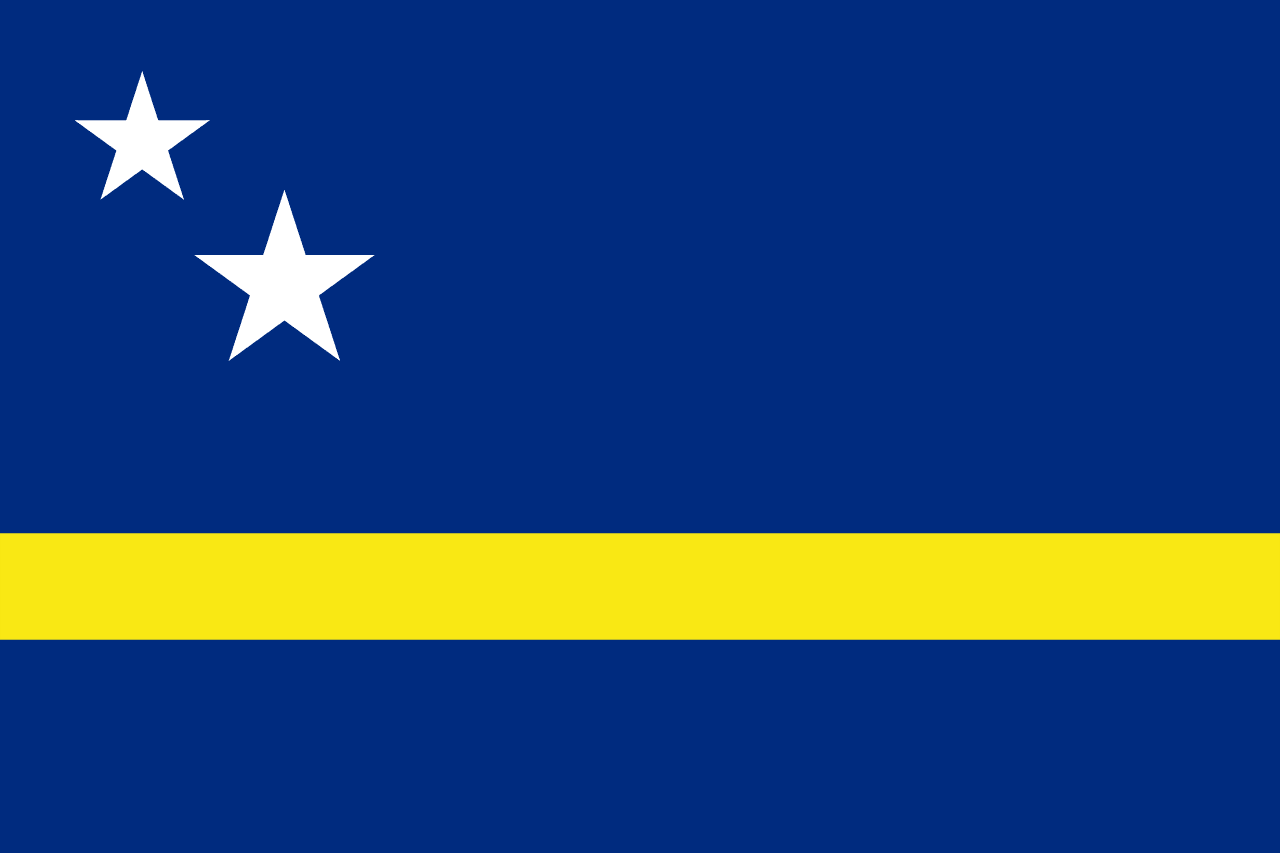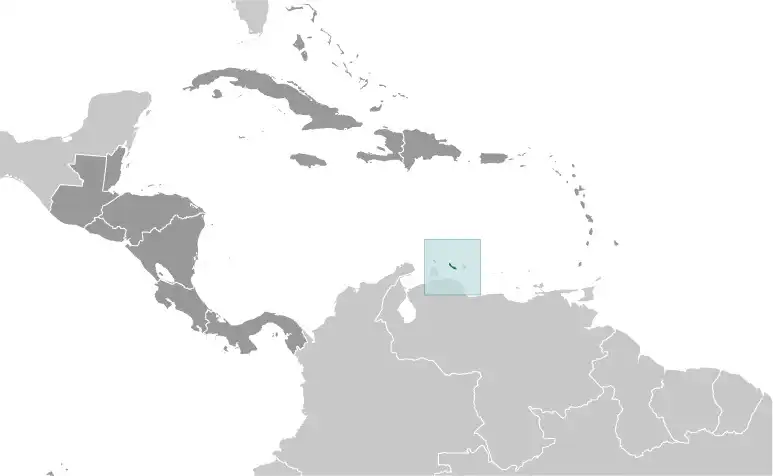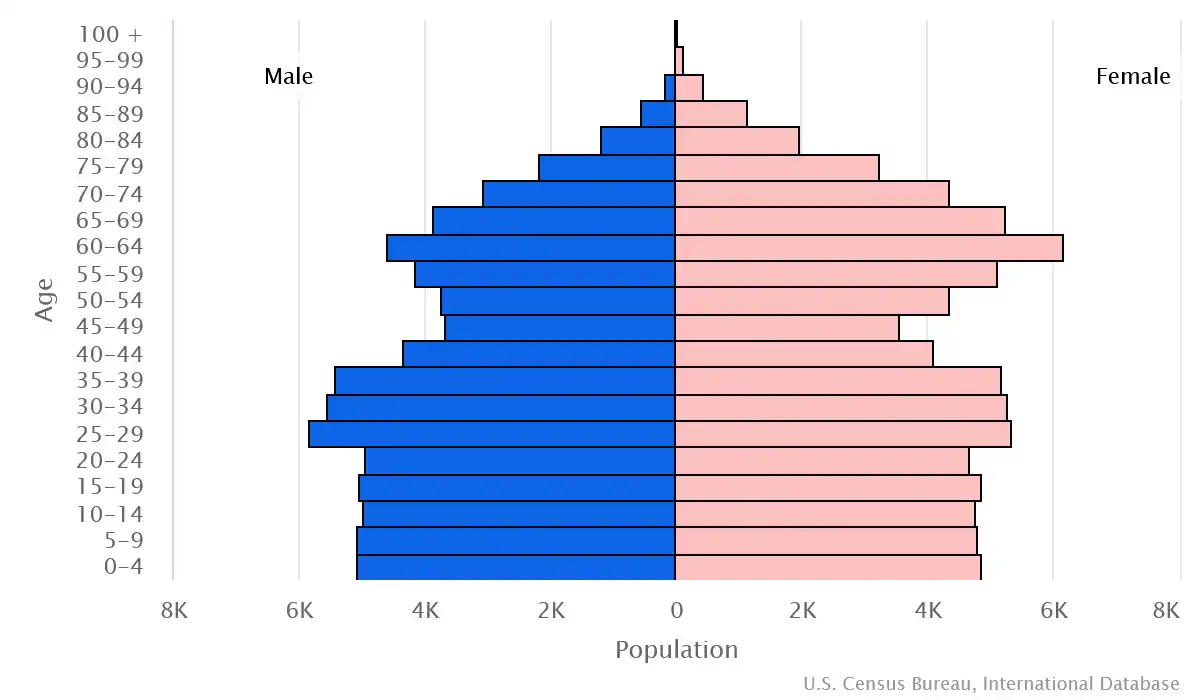
Curacao Country Profile
Key Facts of Curacao

| Government type: | parliamentary democracy |
| Capital: | Willemstad |
| Languages: | Papiamento (official) (a creole language that is a mixture of Portuguese, Spanish, Dutch, English, and, to a lesser extent, French, as well as elements of African languages and the language of the Arawak) 80%, Dutch (official) 8.8%, Spanish 5.6%, English (official) 3.1%, other 2.3%, unspecified 0.3% (2011 est.) |
Curacao Demographic Data
Ethnic Groups in Curacao(2011 est.)
Religious Groups in Curacao (2011 est.)
Age pyramid of Curacao

Curacao Economy Statistics
Economic overview of Curacao
high-income island economy; developed infrastructure; tourism and financial services-based economy; investing in information technology incentives; oil refineries service Venezuela and China; unique COVID-19 stimulus support applied to government debts rather than household support
Curacao Real GDP (purchasing power parity) in Billion $
Curacao Real GDP per capita in $
Curacao's Exports & Imports in billion $
Top 5 Import Partnerin 2022 (72%) of Curacao
Top 5 Import Commodities in 2022 of Curacao
- refined petroleum ⛽
- cars 🚗
- garments 👕
- integrated circuits 💻
- packaged medicine 💊
Top 5 Export Partnerin 2022 (56%) of Curacao
Top 5 Export Commodities in 2022 of Curacao
- refined petroleum ⛽
- petroleum coke 🛢️
- fish 🐟
- coal tar oil 🛢️
- scrap iron 🛠️
Geography of Curacao
Map of Curacao

Land and Water Distrubtion of Curacao
Natural Resources of Curacao
- calcium phosphates ⛏️
- protected harbors ⚓🏖️
- hot springs ♨️
Climate inCuracao
tropical marine climate, ameliorated by northeast trade winds, results in mild temperatures; semiarid with average rainfall of 60 cm/year
History of Curacao - a Summary
The original Arawak Indian settlers who arrived on Curacao from South America in about A.D. 1000 were largely enslaved by the Spanish early in the 16th century and forcibly relocated to other colonies where labor was needed. The Dutch seized Curacao from the Spanish in 1634. Once the center of the Caribbean slave trade, Curacao was hard hit economically when the Dutch abolished slavery in 1863. Its prosperity (and that of neighboring Aruba) was restored in the early 20th century with the construction of the Isla Refineria to service the newly discovered Venezuelan oilfields. In 1954, Curacao and several other Dutch Caribbean colonies were reorganized as the Netherlands Antilles, part of the Kingdom of the Netherlands. In referenda in 2005 and 2009, the citizens of Curacao voted to become a self-governing country within the Kingdom of the Netherlands. The change in status became effective in 2010 with the dissolution of the Netherlands Antilles.
